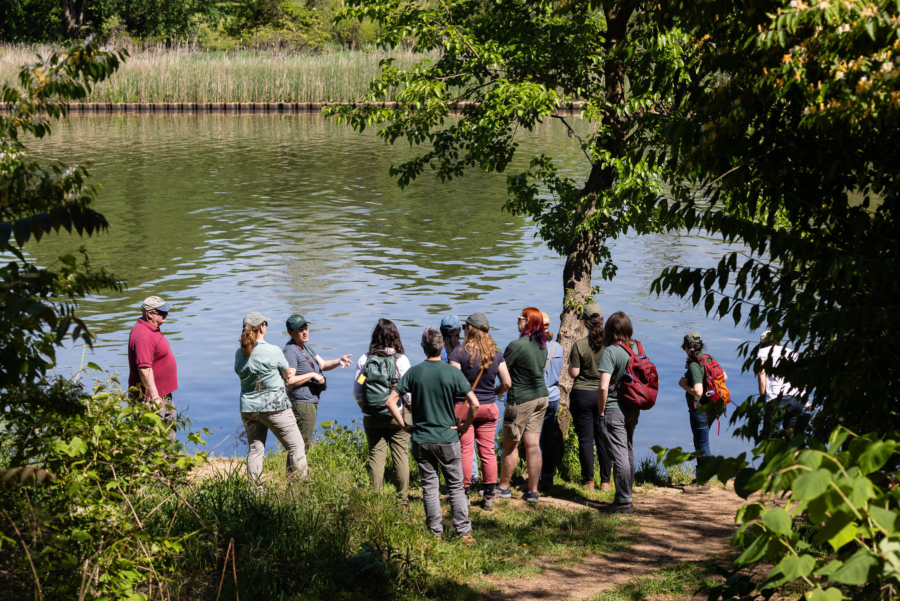How We’re Organized
Our unique partnership is organized into committees, goal implementation teams, workgroups and action teams, all working to achieve the goals and outcomes of the Chesapeake Bay Watershed Agreement.
Leading the Partnership
The Chesapeake Bay Program includes three levels of leadership that are designed to carry out the partnership’s vision for the Chesapeake Bay watershed.
Chesapeake Executive Council
The Chesapeake Executive Council establishes the vision and strategic direction for the restoration and protection of the Chesapeake Bay. The Executive Council consists of the governors of the six watershed states, the mayor of Washington, D.C., the chair of the Chesapeake Bay Commission and the administrator of the U.S. Environmental Protection Agency.
View group
Principals’ Staff Committee
The Principals’ Staff Committee works on behalf of the Executive Council to translate their vision into policy and action. Members of the committee include high-level state and federal leaders.
View group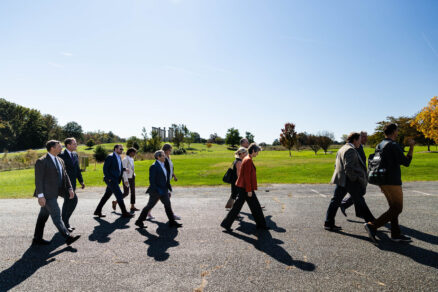
Management Board
The Management Board provides strategic planning and operational guidance, and manages the implementation of the partnership's goals, outcomes, strategies and supporting policies.
View group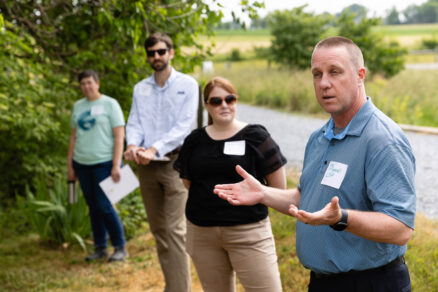
Advising the Partnership
The Chesapeake Bay Program’s four advisory committees are comprised of appointed and/or elected volunteers who serve as independent thinkers and advisors to the Chesapeake Executive Council, Principals’ Staff Committee and Management Board. These committees serve as liaisons between the Chesapeake Bay Program and four critical stakeholder groups: watershed residents, local government leaders, the agricultural industry and the scientific community.
Reaching Partnership Goals
The Chesapeake Bay Program’s Goal Implementation Teams (GITs) represent a broad range of partners who help drive progress toward the Chesapeake Bay Program’s goals. Individual GITs can contain workgroups, which support specific strategies, and action teams, which are focused on meeting short-term and specialized needs.
Sustainable Fisheries
The Sustainable Fisheries GIT works to support the effective management and recovery of Chesapeake Bay species, using ecosystem-based science to inform fishery management decisions that cross state boundaries.
About the GIT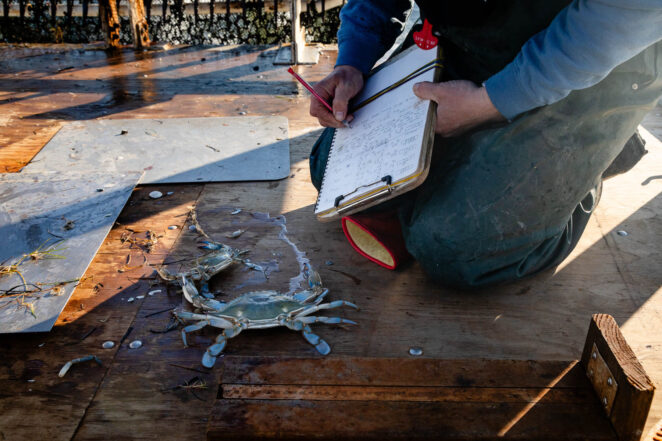
Habitat
The Habitat GIT works to restore and enhance land and water habitats—including wetlands, living shorelines, underwater grasses, islands, forests and streams—to support key species and benefit water quality, recreational use and scenic value.
About the GIT
Water Quality
The Water Quality GIT works to evaluate, focus and accelerate the implementation of practices, policies and programs that will restore water quality in the Chesapeake Bay and its tributaries to conditions that support living resources and protect human health.
About the GIT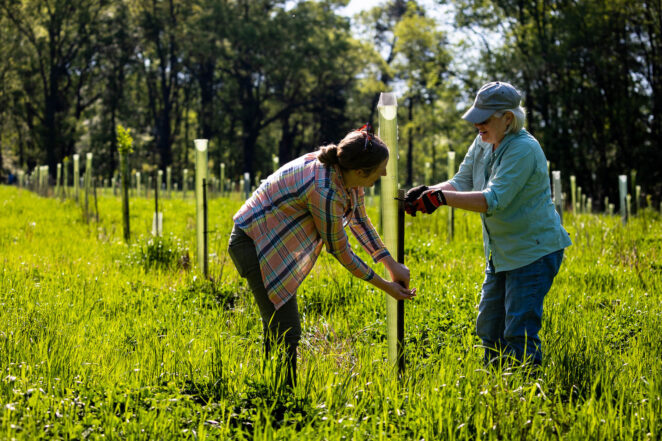
Maintain Healthy Watersheds
The Maintain Healthy Watersheds GIT works to keep local watersheds healthy across a range of landscapes, bringing attention to the challenge of protecting streams and watersheds that are healthy today and restoring waters if they become degraded.
About the GIT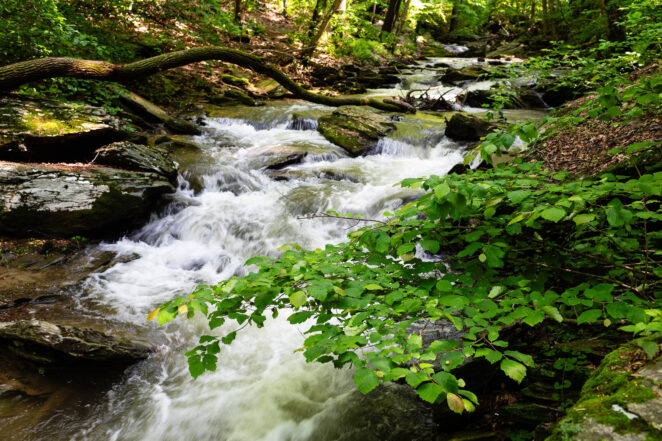
Fostering Chesapeake Stewardship
The Fostering Chesapeake Stewardship GIT works to increase citizen action, support environmental education for all ages and assist watershed residents, communities and local governments in conserving treasured landscapes.
About the GIT
Enhance Partnering, Leadership and Management
The Enhancing Partnering, Leadership and Management GIT works to improve the leadership and management of the Chesapeake Bay Program and to assist partners and stakeholders in becoming environmental leaders in their communities.
About the GIT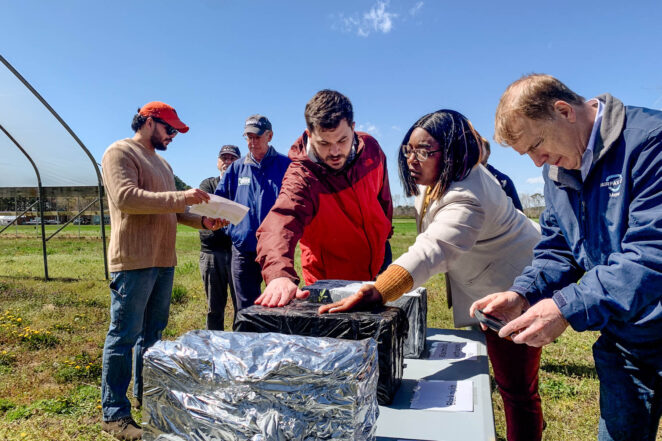
Supporting the Partnership
The Chesapeake Bay Program is supported by two unique teams that equip the partnership with sound science and audience engagement expertise.
Scientific, Technical Assessment and Reporting (STAR)
The Scientific, Technical Assessment & Reporting (STAR) Team coordinates the monitoring, modeling and analysis needed to explain and communicate the health of and changes in the Chesapeake Bay ecosystem. The team’s work supports all aspects of the Chesapeake Bay Program, allowing the partnership to identify, organize and address our science needs.
Workgroups and Action Teams
- Bay Oxygen Research Group
- Chesapeake Hypoxia Analysis and Modeling Program
- Climate Resiliency Workgroup
- Criteria Assessment Protocol Workgroup
- Data Integrity Workgroup
- Hypoxia Collaborative Team
- Integrated Monitoring Networks Workgroup
- Integrated Trends Analysis Team
- Modeling Workgroup
- Nontidal Network Workgroup
- Status and Trends Workgroup
Strategic Engagement Team
The Strategic Engagement Team helps GITs and workgroups develop targeted and meaningful communications, outreach and public awareness plans that are rooted in social science and help accomplish their goals.
Learn More About the Chesapeake Bay Program Partnership
In our effort to protect and restore the Bay and its rivers, we engage a wide range of agencies, organizations and community representatives. Our robust organizational structure allows for collaboration and consensus-building, and will continue to evolve as we align the activities of our partners to meet our shared environmental goals.
View our organizational chart
